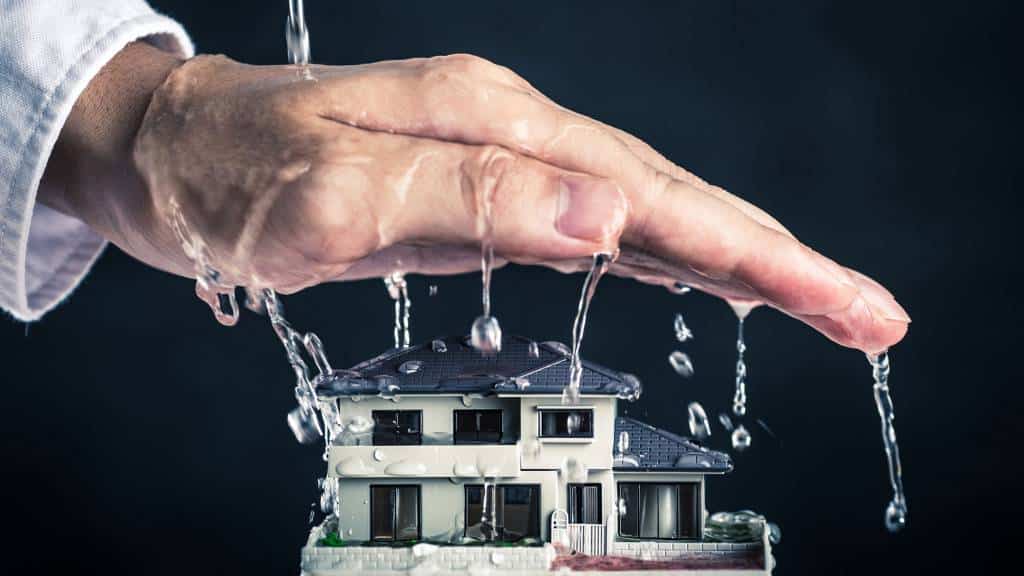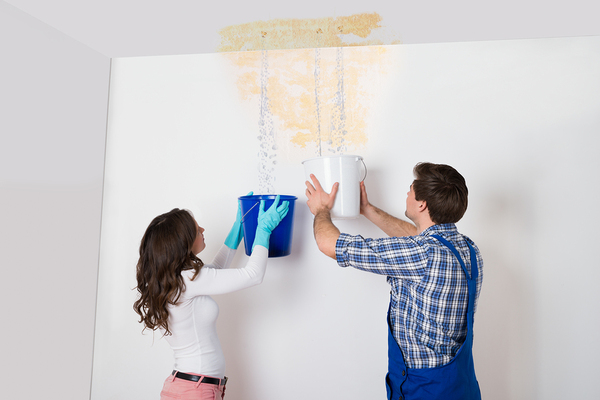Get to Know 6 Common Factors For Water Seepage at Home
Get to Know 6 Common Factors For Water Seepage at Home
Blog Article
The content below relating to How to detect water leaks in your home is really enjoyable. Give it a go and draw your own ideas.

Leaks not only create waste of water yet can additionally create unneeded damage to your home and also advertise undesirable natural growth. Sadly, water leaks may go undetected because the majority of the pipework in our home is hidden. By looking and also recognizing for day-to-day scenarios that create leakages, you can protect your house from future leaks and unnecessary damages. Today, we will certainly look at 6 leak triggers that might be causing your pipes to trickle.
Instantaneous temperature level changes.
Severe temperature changes in our pipelines can cause them to increase and acquire all of a sudden. This expansion and also contraction might create fractures in the pipes, especially if the temperature level are below freezing. It would be best if you kept an eye on exactly how your plumbing works. The existence of the previously discussed circumstances frequently shows a high danger.
Rusty water supply
This may be the cause of discoloration or warping on your water pipes. If our plumbing system is old, consider replacing the pipes because they are at a greater danger of deterioration than the more recent versions.
Defective Pipe Joints
The point at which your pipes link is often the weakest link in the waterline. Pipe joints can weaken in time, resulting in water leaks. The majority of pipe joints are not conveniently noticeable. If you have loud pipelines that make ticking or banging sounds, specifically when the warm water is activated, your pipeline joints are most likely under a lot of pressure. It is recommended to have your plumber inspect your system once a year.
Trespassing roots
Many water leaks begin outside your home instead of inside it. If you notice a sudden reduction in water pressure, say in your faucet, require time to go out and analyze your lawn. You might observe damp spots or sinkholes in your lawn, and that might imply that tree origins are invading water lines triggering water to permeate out. You can have your plumber look for breach, especially if you have trees or hedges near your residential property.
Poor Water Connectors
At times, a leakage can be triggered by loosened pipes and also pipes that supply your appliances. In instance of a water connections leakage, you may notice water running directly from the supply line or puddles around your devices.
Clogged Drains
Blocked drains could be bothersome as well as inconveniencing, yet they can occasionally wind up causing an overflow resulting in break pipes. Keep getting rid of any materials that may go down your drains that might obstruct them to avoid such hassles.
All the above are causes of leakages however not all water leaks result from plumbing leakages; some leaks could originate from roofing system leaks. All leaks need to be fixed promptly to prevent water damage.
Leaks not only cause waste of water yet can additionally cause unnecessary damage to your residence and also promote undesirable natural development. By looking as well as recognizing for daily circumstances that trigger leakages, you can shield your residence from future leakages as well as unnecessary damage. Today, we will look at six leak causes that may be triggering your pipelines to trickle.
At times, a leak can be triggered by loosened hoses and pipelines that provide your home appliances. In instance of a water links leakage, you might observe water running directly from the supply line or puddles around your home appliances.
How To Check For Water Leak In Your Home
How To Check for Leaks
The average household's leaks can account for nearly 10,000 gallons of water wasted every year and ten percent of homes have leaks that waste 90 gallons or more per day. Common types of leaks found in the home are worn toilet flappers, dripping faucets, and other leaking valves. These types of leaks are often easy to fix, requiring only a few tools and hardware that can pay for themselves in water savings. Fixing easily corrected household water leaks can save homeowners about 10 percent on their water bills.
To check for leaks in your home, you first need to determine whether you're wasting water and then identify the source of the leak. Here are some tips for finding leaks:
Take a look at your water usage during a colder month, such as January or February. If a family of four exceeds 12,000 gallons per month, there are serious leaks.
Check your water meter before and after a two-hour period when no water is being used. If the meter changes at all, you probably have a leak.
Identify toilet leaks by placing a drop of food coloring in the toilet tank. If any color shows up in the bowl after 10 minutes, you have a leak. (Be sure to flush immediately after the experiment to avoid staining the tank.)
Examine faucet gaskets and pipe fittings for any water on the outside of the pipe to check for surface leaks.
Undetected water leaks can happen without the home or business owner even realizing. If you suspect a water leak, but not able to find the source. It is time to contact a professional water leak detection service, The Leak Doctor.
How To Find a Water Leak In Your Home
https://www.leakdoctor.com/blog/How-To-Check-For-Water-Leak-In-Your-Home_AE197.html

I hope you enjoyed our excerpt about Common Water Leaks In House. Thanks a lot for taking a few minutes to read through our short article. Loved our piece of writing? Please share it. Let someone else check it out. Thank you for your time. Please pay a visit to our website back soon.
For instant relief, call. Report this page